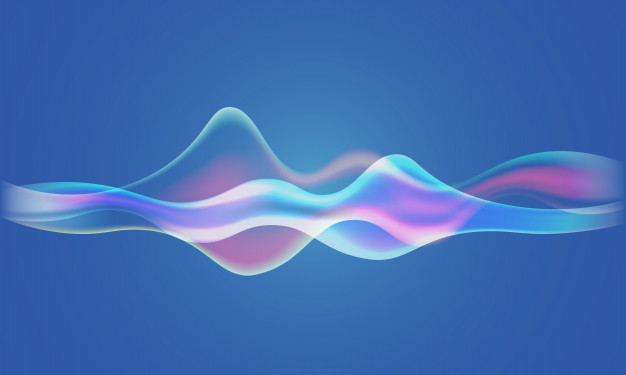A QUESTION WITHOUT AN ANSWER
Clara stares at me with a mixture of pity and shock. What an expressive face! She telegraphs her feelings with uncanny precision and drama. If we did not trust one another so deeply, I know that the 61 year old lady, who has been my patient for years, might also look hurt. Although I am trying to frame my words as carefully as possible, she can hardly believe what I am asking. Neither can I! My own question seems as absurd to me as it does to her.
Out of the blue ten weeks ago she developed two days of violent dizziness and vomiting. Normally a single episode like this might be dismissed as a viral inner ear infection. But now she has had three more spells this month. The picture could suggest Meniere’s disease, a more serious and long term condition of the inner ear caused by too much fluid in the cochlea.
Ordinarily it is easy to assess for symptoms of Meniere’s disease. I inquire, “Do you have a spinning feeling, nausea, ear pain, ringing in the ears, or hearing loss?” But today I am butting up against a question that perhaps has no answer. Tinnitus, a classic symptom of Meniere’s, is a ringing or roaring sound experienced by patients with disorders of the auditory system. There are no actual sound waves in the air, but rather a false sensation of noise is created by a diseased auditory system.
My query to Clara is simple enough: “Do you hear a ringing sound in your ears?” But in this case there is no simple answer – maybe you have already guessed why. You see, what is responsible for Clara’s remarkable emotive ability, as well as her surprise about a hearing-related question, is that she is deaf!
Clara’s ears will never detect the vibrations in the air that we call “sound.” In spite of this, it still makes sense that her auditory nerves could generate the sensation we call tinnitus. The fake noise would be like the “phantom limb pain” that plagues some people with amputations. Despite the removal of a limb, these patients unmistakably still “feel” one, and may be tortured by pain, such as the burning of toes that are not really there.
By a similar mechanism Clara might be able to perceive phantom noise generated by ailing auditory nerves. However, any word I use to try and clarify this – “hear,” “ringing,” “sound,” “noise” – makes no sense at all to her. Her eyes get wider as I fumble with the questions. I feel ashamed and grieved. How does one ask a deaf woman if she “hears” something? I need a better instrument to cut through the silence and diagnose her problem.
IN A FOG
Some people cannot detect sounds in the air. Others cannot perceive light and thus cannot see the world around them. But all of us have trouble detecting and connecting with God, a spiritual being we cannot directly perceive with our senses. We are spiritually blind and deaf, and we fumble about, straining eyes and ears toward God to make sense of life, whether we believe in him or not.
I have claimed that the created order is a messenger, sending us a clear declaration about who God is. Indeed it is. But nature is not enough. As an example, I once asked a patient attacked by a dog what breed had been involved. Her face suddenly contorted in fear. “I’ll tell you what kind he was,” she choked out, “a demon from hell!” She had noticed nothing amiss when reaching out to stroke what appeared to be a docile neighborhood pet. Then suddenly the dog grabbed her arm in a relentless assault. There was no permanent injury, but the Jekyll and Hyde experience left a lasting and bitter impression. For her all dogs were demons now. And if nature is our only guide, we might falsely conclude that God himself is a monster.
Increasingly we postmodern people look not to the world or others around us, but internally, to our inner voices, to ascertain truth and receive guidance. But if we listen only to voices in our minds, we can be deluded into worshipping an idol of our own creation. We may hear phantom voices, not the voice of the one true God. In my last post I showed you how I did that during a season of intense struggling.
A FINELY TUNED INSTRUMENT
Back to my dear patient Clara. In trying to help her, how could I transcend my own inadequacy of language and her deafness? The good news is that there are sophisticated tests that can measure the function of the inner ear.
Nystagmography is a technique that uses infrared video to record subtle, involuntary eye movements in response to spinning, tilting the head, and caloric stimulation of the vestibular system (irrigating the ear canal with cold and warm water; don’t try this at home!). This battery of tests can cut through even the silence of deafness and help determine whether Clara has Meniere’s disease. More importantly, an accurate diagnosis will lead to effective therapy for her ailment. In fact Clara is symptom free today because of treatment for what was confirmed as a case of Meniere’s.
Medical testing transcended Clara’s hearing deficit. What about you and me and our spiritual deficits? All of us need something more specific than the testimony of nature and our foggy, self-centered spirituality, or we will merely pick up the echoes of our own thoughts. What can be done to help all of us hear the voice of the real God in a silent or a cacophonous world?
Is there a finely tuned instrument for helping us pinpoint God? Does he have a better means of sending us a message? Emphatically yes!
Dr. Bill Maynard
